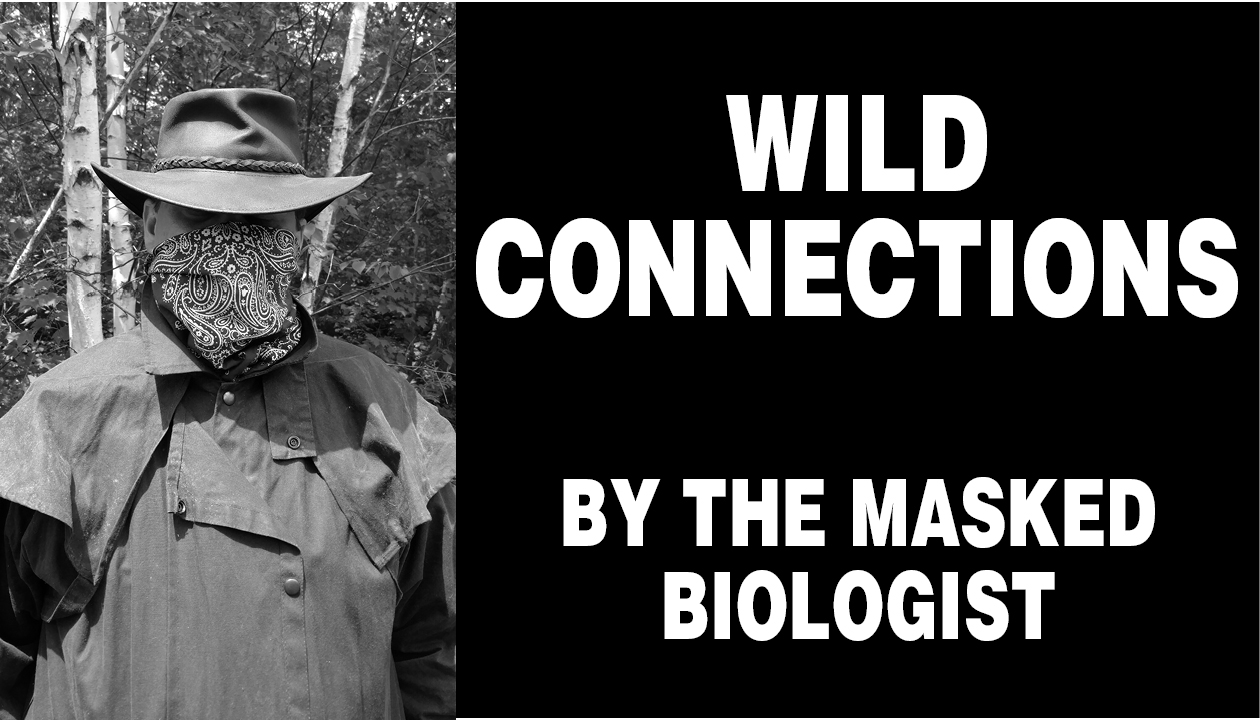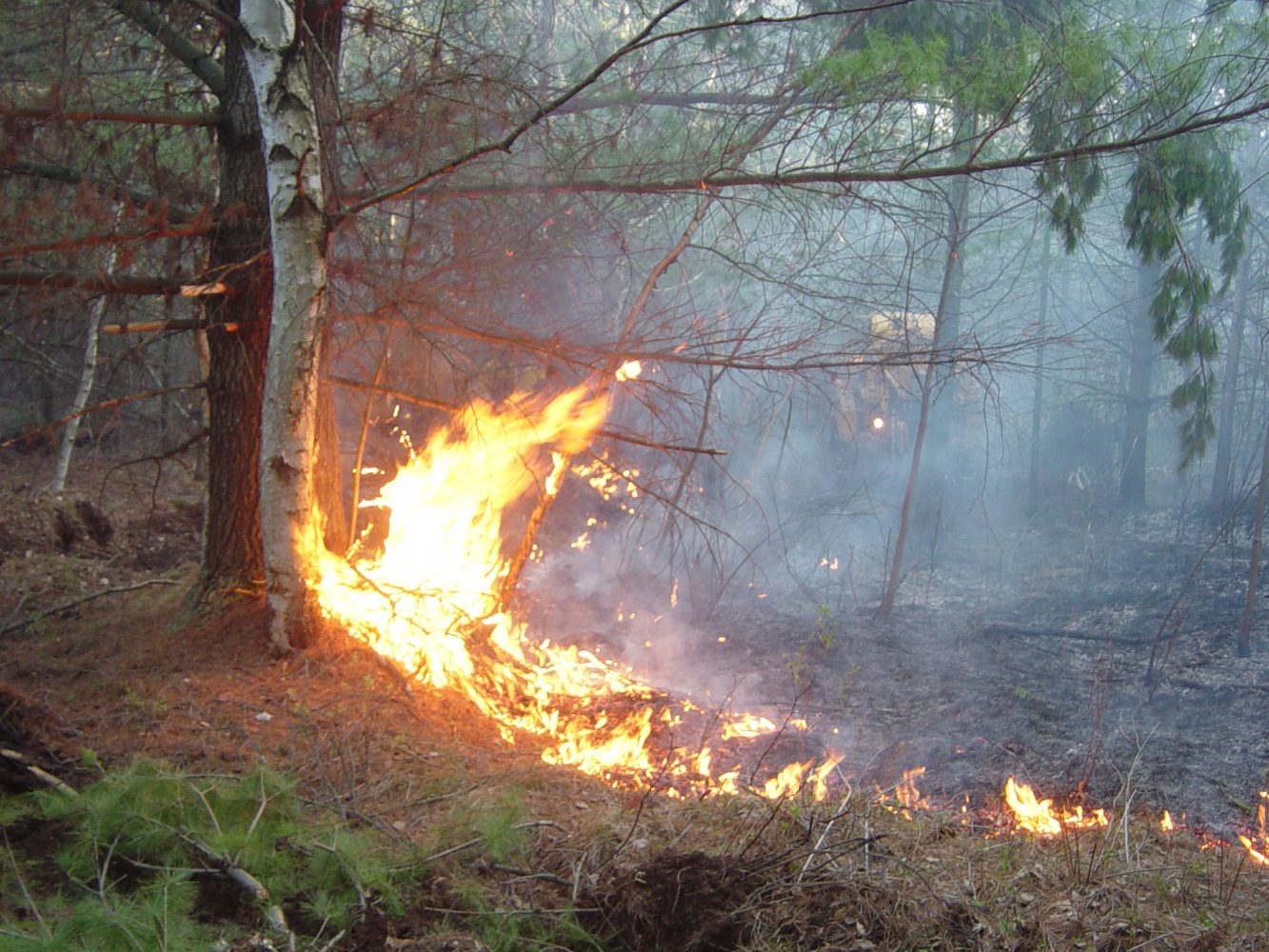Wisconsin’s state bird: Hearty, hard working and definitely not flashy

Wild Connections
By The Masked Biologist
As a child, I was frankly disappointed that the American Robin was the Wisconsin state bird. The robin seemed so ordinary, bland and common that I didn’t see why it deserved this special status. I was not a birder growing up, but I definitely thought there were better birds for that special honor. The barn swallow, for example, seemed like a perfect fit for the dairy state. They are so personable, have a flashy appearance, and they eat mosquitoes. The American Goldfinch was a favorite of my father’s, and I could see why. It was a bright flash of color in the hay fields, landing on thistles to feed on the down. These are two examples of birds that I thought were more interesting and colorful than the robin.
The robin was selected to be the state bird of Wisconsin by school children of Wisconsin in 1926-27 and was officially designated the state bird in 1949. It was also selected to be the state bird of Michigan in 1931 and Connecticut in 1943. The robin is beloved in northern latitudes because it is a symbol of the arrival of spring. There is an old saying that spring does not arrive until three snows have fallen on the robin’s back. In some parts of the state, robins actually do not migrate, so their backs get snowed on all winter. In the Northwoods, they are more of a three-season resident, although I would not be surprised to see or hear a robin at any point in the winter.
The American Robin has the “American” in its name because European settlers thought the bird’s reddish orange breast reminded them of the robins they had back home. Growing up, my mother would read me folk stories and fables about Robin Redbreast, but the photos in the book looked more like a bluebird to me than a robin. Our robins are not related to the European bird; they are members of the thrush family, which includes the likes of the wood thrush, hermit thrush, Swainson’s thrush, and the veery. The European robin has been described as more of a chat or flycatcher relative. The American Robin is the largest of our thrushes, and its body shape and posture are easily recognized among its other relatives.
Robins are excellent at eating worms and grubs in people’s lawns and gardens. Studies have shown that they hunt by sight but also by feeling the vibrations of worms under their feet. Although they feed on bugs and worms whenever possible, they are happy to feed on dried fruits in the winter. It is not uncommon to get reports of robins getting intoxicated while feeding on dried fermented berries and apples still on the trees in late winter and early spring. Robins are very comfortable living around humans, and have readily adapted to building their nests and raising their young in our yards. In fact, a successful experienced female can raise up to three broods of young in a single year (although maybe not at our latitude).
I have warmed up to robins, seeing them in every habitat I have ever worked. They are possibly the most common bird found in the Wisconsin Breeding Bird Atlas, possibly because they are easily recognized. If I had to choose something I like the most about robins, it would have to be the beautiful blue color of their eggs. Overall they are well-equipped birds that always convey a positive attitude, even with snow on their backs. I guess that makes them an excellent Wisconsin state bird after all.
The Masked Biologist earned a bachelor of science degree from a university with a highly regarded Wildlife Biology program. He has worked for natural resource agencies from the Rocky Mountains, across the Great Plains and into the Midwest which provided opportunities to work with a variety of common and rare fish, plant and wildlife species. Follow The Masked Biologist on Facebook.
Leave a reply
You must be logged in to post a comment.





